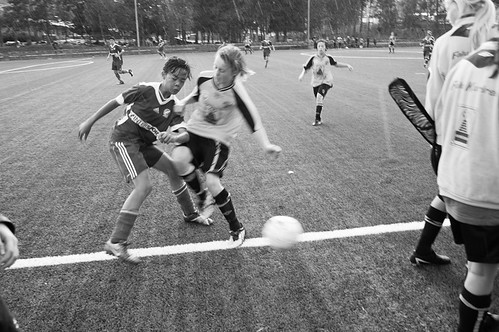Stage design.
No, I'm not going to be building a set for each play.
I'm going to be comparing landscape design to stage design.
And then I'm going to do a landscape design for each play and talk about some of the aspects that could be represented on the stage and some that are unique to the landscape.
Maybe I'll do a set design too. Who knows. That would be a lot of work...
I'm not quite sure if people realize how much time and effort is put into a landscape design. When done right, each and every plant is placed specifically for its aesthetic properties, but also for its functional properties and how well it would do in the particular place it is in.
Some of the things that need to be considered for each plant that is placed:
- maintenance requirements
- light requirements
- water requirements
- color
- the possibility and timing of flowers
- the color of the foliage
- the fall color and time of color change
- the winter appearance of the plant
- the texture of the foliage
- the height, spread, and overall shape of the plant
- how well it fits with all of the other plants in the area
Oh, and also the random facts about each plant. Like the fact that you shouldn't plant catmint if the owner has cats - or else it won't last very long.
Or if you plant a spruce tree at the end of a large patch of grass where the young kids are going to be playing nearby and falling in after their soccer ball.
Ouch...
Fortunately, though, for this design I won't have as many functionality problems as these are going to be more of a professional gardens style of design. That means it doesn't have to be super-low maintenance (the requirement of most home-owners today) and that it won't hold the usual requirements of recreation area, outdoor entertainment, and/or pet-friendly.
So, I've been asked to go through a simple watered-down explanation of the process of completing a design, so here goes.
First, you meet with the client. Walking around the yard, you get a general feel for the existing conditions and then you talk about everything. What kind of style they want. Whether they have pesky neighbors they want to block out or have a problem with mud in parts of their yard. You talk about what they would like to see in their yard and if there are any particular things they would NOT like. You get a feel for what they need in their yard as far as functionality goes (things like whether they host a lot of outdoor parties, need space for kids to practice their volleyball, or if they have a passion for gardening). This is the time when you really need to get to know the client so that you know what they want and so you can know how best to make their dreamscape come true.
Fortunately, though, I'm not designing an existing lot, so I won't have to deal with clients or with measuring out existing features.
Third, you draw up a basic structural design. This will be where you decide where you want what features in what areas (like the main entertainment area right next to the play area for the kids so that parents can watch the younger ones). Going off of this, you designate a specific shape for each area and decide what kind of layout it will be (such a curvilinear design, diagonal design, etc.)
Fourth, you need to choose all of the plant material and hardscape material. Most of the time there will be a general idea of what you want (a.k.a. - what the client wants), but this is the step you put it all together and figure out all of the minute details for everything. This step is very important and takes a lot to place everything just right (as I mentioned before). This step can really make the difference between a design that looks good for a couple years and then starts to fall apart and the design that continues to look great with the care (or more usually, the lack of care) from the client.
Then finally, the part that sells the design - the graphics. You need to do all the drawings and present it in a way that will be pleasing to the client and that will satisfy and fit their personal style and expectations. It also has to realistically represent what will be in the yard and the overall feel of the finished product. On some designs the graphics portion of the design may be the most time-consuming of the steps.
So there you have it. Landscape Design 101.
A lot more complex than simply planting a couple of flowers, huh?














0 comments:
Post a Comment